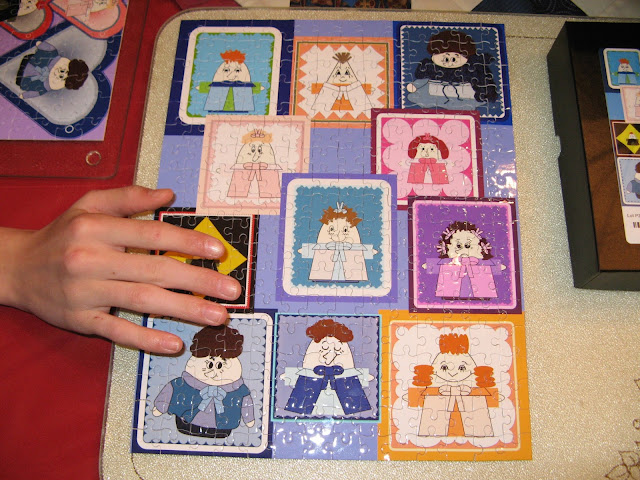
This winter proved to be a particularly productive season for me as far as my cross-stitch creations were concerned as I was able to finish 5 of the cross-stitch kits I had previously purchased. In total I spent 200 hours creating my 5 cross-stitch pictures but it was well worth it. That amounts to a few hours a day over 70 days or so. Enough to cover the winter season.
The cross-stitch kit I just finished was a counted cross-stitch kit from Dimensions The Gold Collection Petites entitled Flowers and Hummingbird. Like the other Dimensions Gold Collection kits I had bought the Dimensions Needlecrafts Counted Cross Stitch, Flowers & Hummingbird kit included the pattern, pre-sorted cotton thread, 18 count ivory cotton Aida, needle and instructions.
The Flowers and Hummingbird pattern uses full counted cross-stitch, half cross-stitch and outline stitching for emphasis and depth and this detailing really makes the picture stand out. The design of this cross-stitch gives the finished picture a 3 dimensional aspect with the half cross stitch and outlining being used for artistic effect.
The pattern came with starting, stitching, finishing and even cleaning instructions as well as samples of the various stitches required, and color coded keys (with code #'s, lengths, color names, and cross-stitch symbols) and a chart with color coded symbols. The colors and symbols on the keys and chart were easy to read and follow.
While I was very pleased with the end results of this design there are some things in the kit and in the instructions that can be improved upon.
As was the case with previous Dimensions kits the thread sorter was poorly designed. The embroidery threads were glued to two foam backed 6" by 1 1/4" strips of cardboard that had a picture of the color of the thread and it's number. In order to get to the threads you had to separate the foam back from the cardboard strip. Very quickly the threads separated from their section and then you no longer knew what the thread number was to tie to your symbols & legends. I had to punch a hole in the thread sorter cardboard strip just below the color of the thread & it's number and then insert the threads through the hole and tie them in a loose knot so my threads, colors, and numbers would stay together.

I also added the symbols to the strip to make reading the chart easier. To make things even easier for the user the color symbol should have been shown on the thread sorter strip of cardboard as well. That way you would only need to use the thread sorter strip of cardboard to follow your chart.
The Flowers and Hummingbird kit creates a 5" by 7" hydrangea picture using the 18 count ivory cotton Aida cloth which was included in the kit. However, the piece wouldn't fit into the 10" round embroidery hoop that I wanted to use so I could cross-stitch the whole 5" by 7" picture without having to move the cloth within the hoop or create creases in my picture from the hoop. I could have used a smaller hoop but that would have required moving the cloth within the hoop which would create creases where the hoop was. I hate that as no matter how hard you try it is very difficult ironing out creases caused by embroidery hoops.
So, I decided to sew cloth strips to the edges of my cloth so it would easily fit within my 10" round embroidery frame as shown in the picture below:

The kit should have included a larger piece of the 18 count ivory cotton Aida cloth in order to avoid this problem.
The design also called for leaving some of the sections of the white Aida cloth showing. I don't like doing this as I don't feel the picture really looks finished unless the whole picture is cross-stitched. So, I opted to use 2 strands of white thread in a half cross-stitch where the white Aida was to show. I think this really enhanced the finished look of the picture.
The finishing calls for centering your design on a 5" by 7" piece of cardboard and folding the excess fabric around the cardboard and mitering the corners. As I as going to put my picture in an 8" by 10" double matted frame I decided to mount my picture on an 8" by 10" press and seal board that I would fit the inside of my frame.

I had chosen a white frame with royal blue and cream double matting to finish it which I think really brought out the beautiful colors of the flowers and white color of the houses clapboard. Plus the double matting allowed for enough room for the press and seal adhesive board that I was using to mount my finished cross-stitch.

It took me 50 hours to complete this picture including the framing. Despite the problems I encountered with the thread sorter and Aida cloth I was very happy with the way my Dimensions Needlecrafts Counted Cross Stitch, Flowers & Hummingbird kit turned out.









 .
.


 .
.